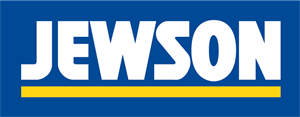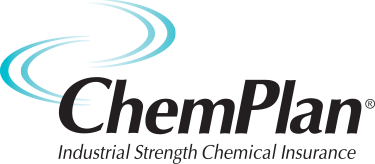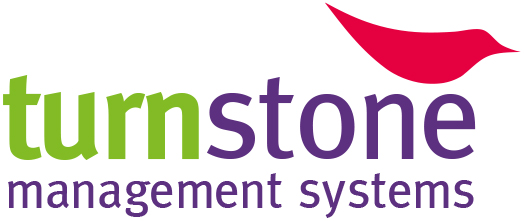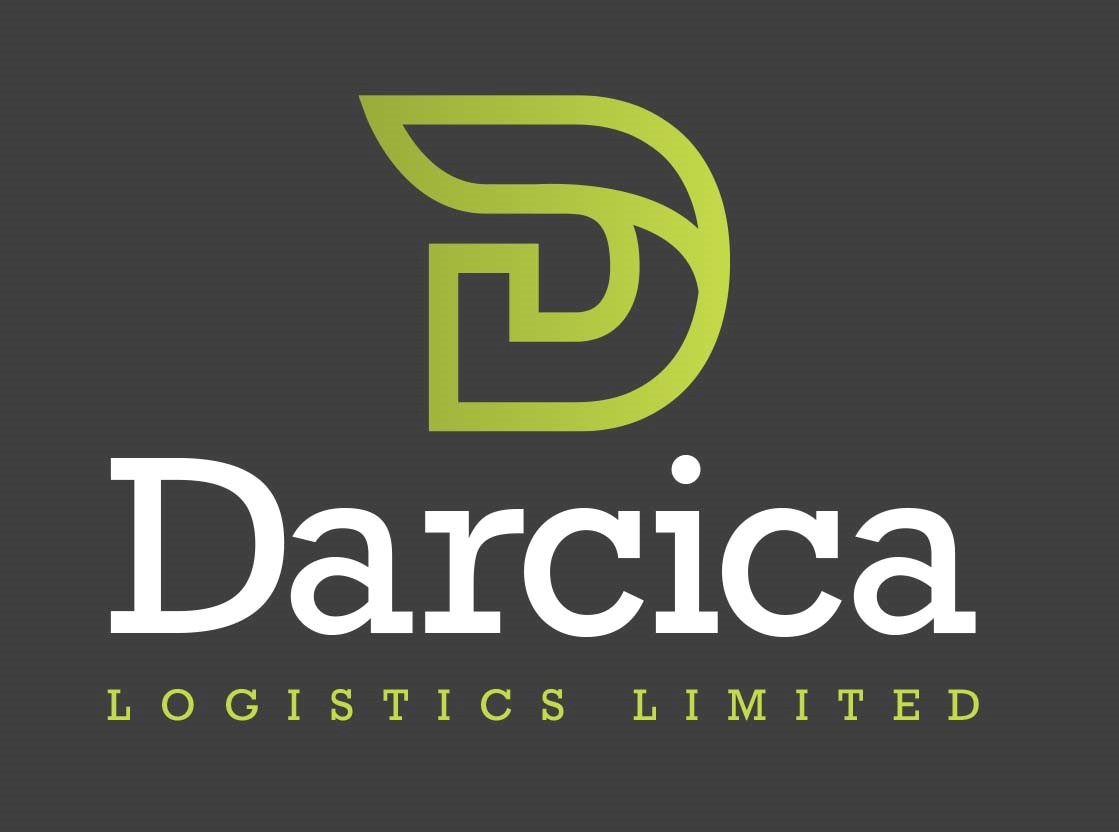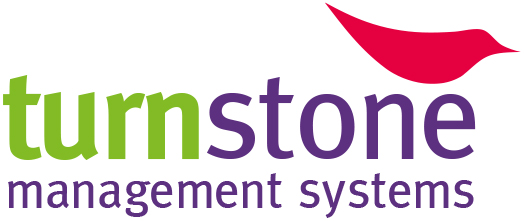Title Page
-
Conducted on
-
Completed By:
-
Date:
-
Location:
Vehicle:
-
Branch:
-
Driver:
-
**ANY FAIL MUST REQUIRE DELIVERY TO STOP AND RE-START SAFELY**
-
4 Discharge Procedure: If any of the following are observed as failed, then the driver must be stopped immediately
-
Arrival at the delivery point
-
Beacons and hazard warning lights used?
-
Is the load secured before delivery?
-
Is the grab secured before delivery?
-
Leaves cab using 3 points of contact – monitor during rest of the delivery
-
All PPE is use – hard hat, chin strap, gloves, boots, hi-vis jacket – no rigger boots
-
Position of vehicle does not obstruct traffic, or is on a bend, corner, pedestrian crossing, box junction etc
-
Stabiliser legs fully extended out – Mandatory on discharge side but both feet fully down and with pads used
-
Cones deployed to mark discharge area/stabiliser legs
-
Area of set down is clear, level and/or hard standing and/or in a safe location
-
Vehicle is not positioned on an excessive incline during delivery
-
All Feet on the Ground Protocols adhered to
-
Driver using Gloves, Hard Hat and Chin Strap during crane delivery (Gloveless hands using the remote control only are ok)
-
Driver has not accessed the load bed in any way other than correct access steps and gate
-
Driver has not accessed the bed of the vehicle with remote control and/or is using the remote control on the bed
-
Driver has not accessed the load bed with dropside down
-
Driver does not attempt to unload onto scaffolding, other temporary structure, or inside any structure
-
Driver is not unloading materials using the crane to a level lower than the vehicle (danger of vehicle tipping)
-
Crane is not operating too close to overhead power lines – must be 15m away (pylons) / 9m (wood/concrete poles)
-
Discharge area kept clear of pedestrians/customers
Pack-up Procedure
-
All straps refitted without throwing over load into pedestrian area, or the area is clear
-
All ratchet straps secure to metal sides of load bed/chassis, not rope hooks or otherwise. No ropes used
-
All dropsides, Safe-T-Rails and gates closed, all anti-shake pins fitted/functional and used
-
All crane foot pads/cones and slings collected and stowed safely
-
Crane Legs are FULLY retracted (including feet)
-
Crane is secured using correct yellow restraint strap (temp. blue strap acceptable if not available)
-
Leaves site with help of banksman where needed, no unescorted reversing into traffic flow
-
Leaves site with no other hazard, no damage left on site (pavements/overhead cables etc)
-
Improvement Notes:
-
Is this driver operating within the requirements of all company policies and legislation YES / NO Any dangerous activity must be challenged
-
Further action:
General points
-
Is driver aware of correct vehicle defect procedure
-
Discuses vehicle activity- depart/yard times
-
Discuss driver risk score/grading
Disciplinary Action
-
ATO revocation
Driver Improvement Training
-
Crane training
General advice and guidance
-
PPE Re-issue needed: HARD HAT / GLOVES / HI-VIS / CHINSTRAP / BOOTS / SAFETY GLASSES / SAFETY BELT / LANYARD
-
Signed: AD / BM / RTM / ATM / LTM/ Other (please state: )
-
Print: Date:
-
Signed: (Driver)
-
Print: Date:
-
When complete, please file in the drivers' personnel records and also send by email to transport-compass@sgbd.co.uk
